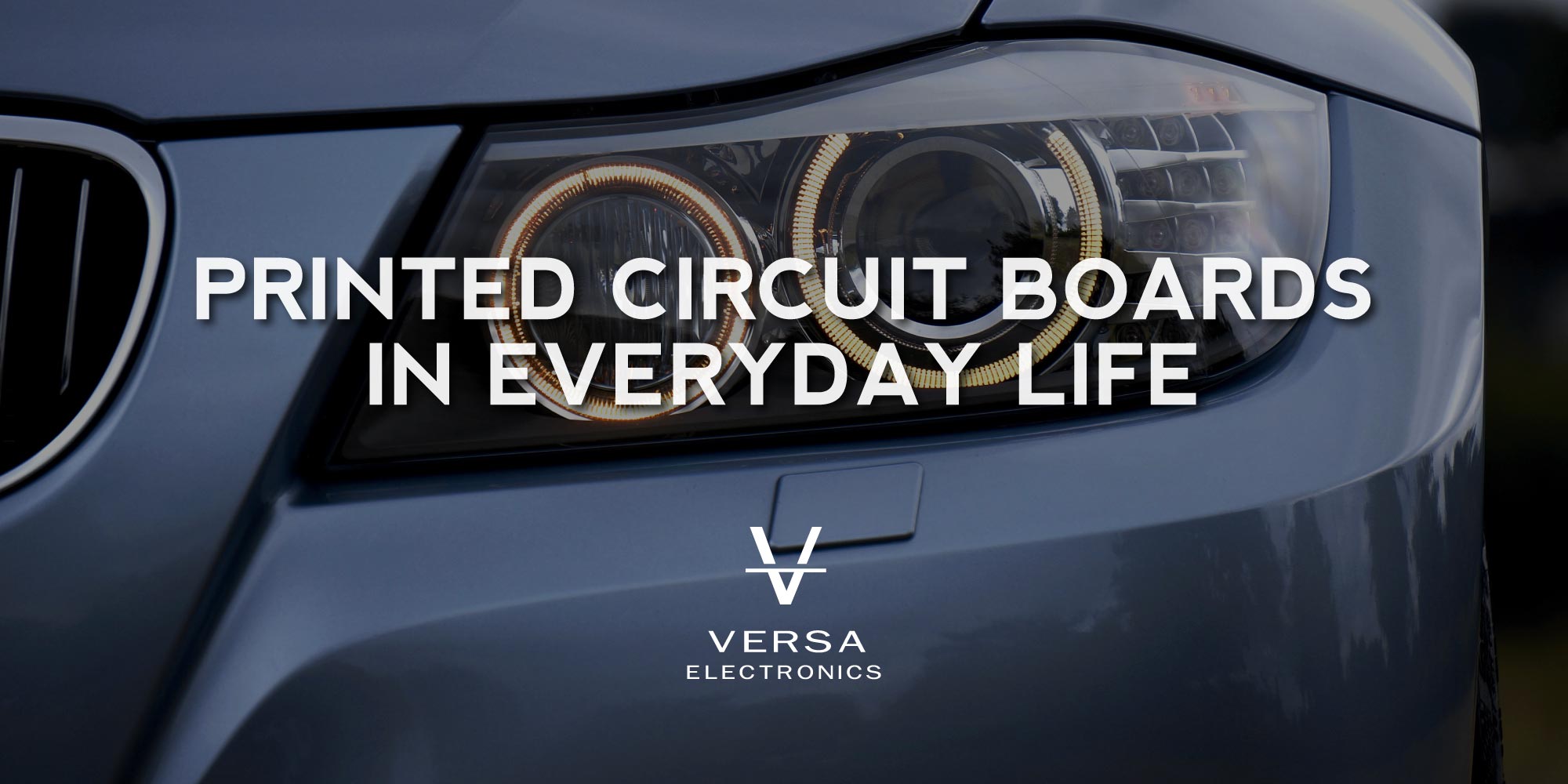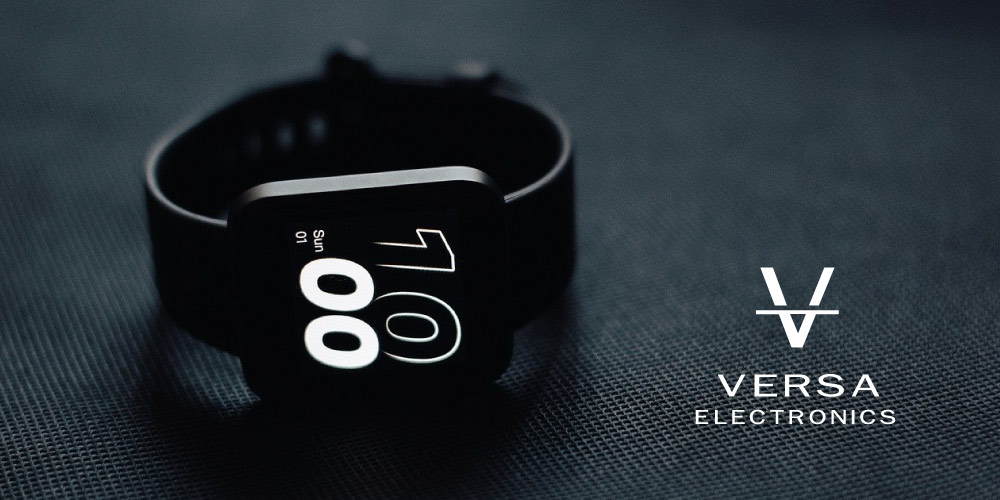Printed circuit boards are a crucial component of contemporary electronic devices. The typical PCB is made up of numerous active and passive components connected by traces on the board. With the minuteness of today’s electronic components, engineers can develop large circuits on extremely tiny boards. This, alongside ease of repair, low electronic noise, and reduced risk of short circuits, is what gives printed circuit boards the edge on conventional ways of connecting circuits. Read on for some of the more widespread PCB applications in the world today.
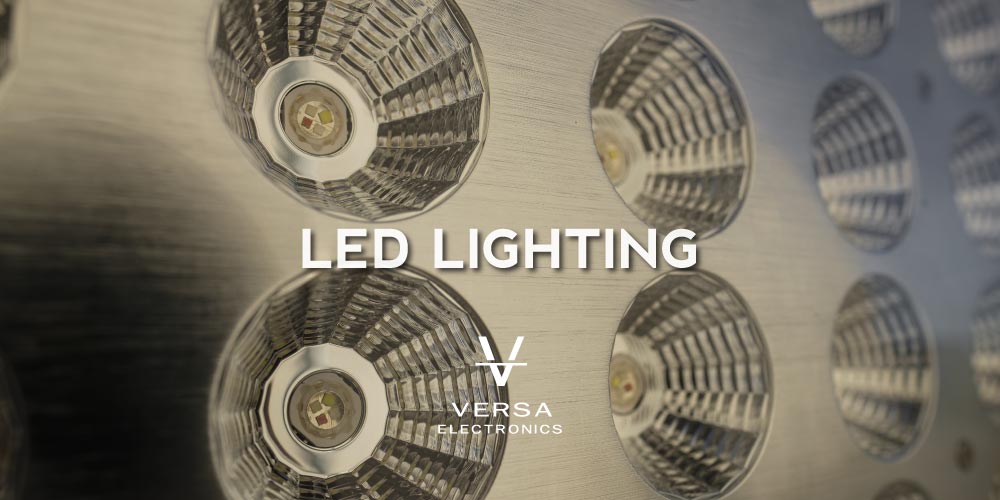
LED Lighting
Thanks to its relative efficiency and cost-effectiveness, LED lighting is slowly knocking incandescent bulbs and compact fluorescent lamps off their perch. LED bulbs use metal core PCB boards as they generate lesser heat while in use. Most manufacturers prefer aluminum for its superior heat dissipation and more efficient thermal transfer compared to standard rigid boards. All aluminum printed circuit boards consist of three layers – the base layer, the thermal insulation layer, and the circuit layer. Each comes in a wide range of variations, depending on the application for which they are built. Typical industry applications of PCB LEDs include:
- Telecommunications (indicators, displays, high-frequency amplifiers, and filtering appliances)
- Medical (lights in medical examination and surgery tools)
- Computer
- Automotive (indicators, headlights, brake lights, etc.)

Automotive Industry
Most applications in contemporary vehicles rely on electronic control to operate correctly. Printed circuit boards are what hold these components and exquisite sensors together.
Automotive circuit boards are built to be highly reliable and durable. They ought to withstand constant vibrations and harsh environmental conditions without experiencing performance setbacks. They must pass the stringent thermal shock, temperature humidity, and thermal cycling tests before being taken into consideration.
Some of the vehicle components that require printed circuit boards include:
- Engine control system
- Audio systems
- Transmission sensors
- Digital displays
- Radar
- DC/AC power converters
- ABS
- Air conditioner systems
- Steering
- LED lighting
- Electronic mirror controls
- Dashboard
- The navigation unit
- Engine timing systems

Aerospace Components
While electronics used in automotive and aerospace applications are similar in many aspects, aerospace electronics are exposed to fairly harsher conditions. Aerospace PCBs require components that can weather extreme temperatures and high amounts of turbulence. They should also be light and oxidation-resistant.
Specific uses of printed circuit boards in the aerospace industry include, but are not limited to:
- Lighting
- Power supplier: They are used in equipment that power satellites, control tower, and a range of other systems.
- Communication equipment
- Monitoring equipment
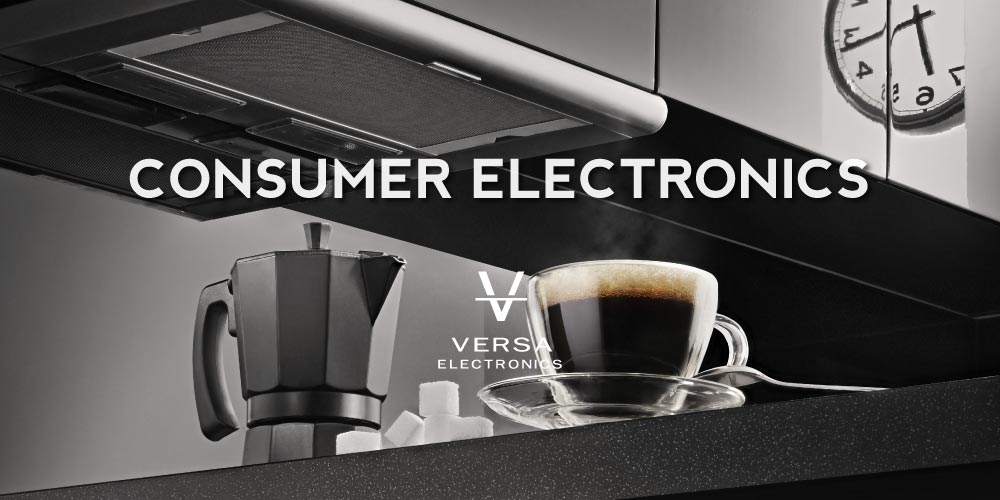
Consumer Electronics
The consumer electronics industry is the PCB manufacturers’ favorite market and understandably so. We are living in the gadget era. Every home has at least one electronic device, and some of these gadgets are steadily finding their way into the basic needs bracket. While each of these appliances performs a different and independent function, all of them run on printed circuit boards:
- the blender and coffee maker in your kitchen
- the smartphone in your pocket
- the computer you are reading this from
- the television across the room
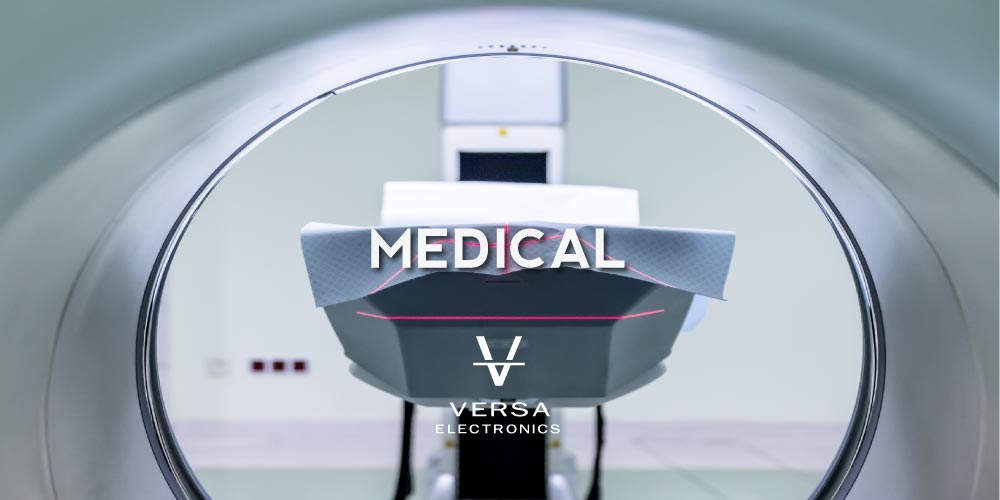
Medical Industry
Recent advancements in technology have drastically changed the medical industry. New and more sophisticated medical tools are being produced by the day and integrated into various procedures. This revolution is highly beneficial to the PCB industry, as most of these inventions rely on electronic printed circuit boards to operate.
Today’s PCB manufacturers fabricate extremely basic to highly sophisticated boards to support the wide array of needs of the medical appliance manufacturers. Here are some of the instruments that require these boards:
- Heart monitors
- ENT diagnostic equipment
- CT scan systems
- Ultrasonic devices
- Digital cell counting devices
- Blood pressure monitors
- Infusion fluid controls
- MRI scanning systems
- CT scanning systems
- Temperature monitors
- Gas analyzers
- Body temperature devices
- Peristaltic devices
- Electrocardiographs

Military Equipment
Military-grade printed circuit boards need to be highly durable and reliable in extreme conditions. Equipment manufacturers also require access to a range of board types since military applications are highly varied.
Boards are required to pass a new product introduction, design for test process, design for manufacturability analysis, and x-ray testing to gain approval for military use. The strict testing process is done to ensure designs meet the high-performance requirements and minimize the risk of failure.
Statistics show that almost a third of the astronomical military budget goes to electronics, which, from the PCB manufacturers’ viewpoint, is a massive demand for electronic circuit boards every year. The typical military uses for printed circuit boards include:
- Temperature sensors
- Cross targeting systems
- Automation networks
- Cyber counterintelligence systems
- Control tower systems
- Power supplies
- Power converters
- Automation networks
- Audio interface applications
Conclusion
Given how much the modern world relies on electronic gadgets and systems, the demand for PCBs is at an all-time high. If you are an engineer or manufacturer looking for printed circuit boards for your designs, ensure you are working with a seasoned PCB manufacturer with a proven track record. PCBs are the brain and heart of electronics. Flaws in the design and performance of the board are bound to impact the overall usability of the product.
About The Author
 Tony Zuberbuehler is a Sales Manager at Versa Electronics with a focus on electronic contract manufacturing. Tony’s career in technology manufacturing spans 25+ years and has included roles as an engineering liaison, in purchasing and material management, manufacturing and planning, customer interfaces, and product fulfillment. Connect with Tony Z on LinkedIn.
Tony Zuberbuehler is a Sales Manager at Versa Electronics with a focus on electronic contract manufacturing. Tony’s career in technology manufacturing spans 25+ years and has included roles as an engineering liaison, in purchasing and material management, manufacturing and planning, customer interfaces, and product fulfillment. Connect with Tony Z on LinkedIn.

